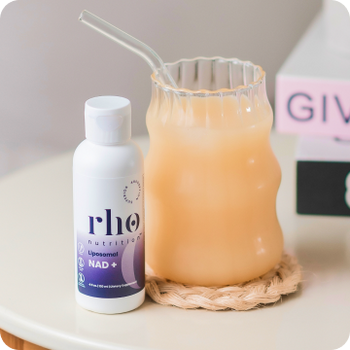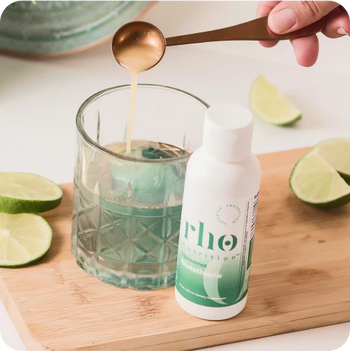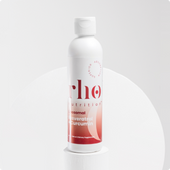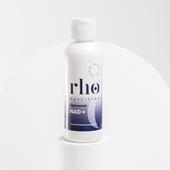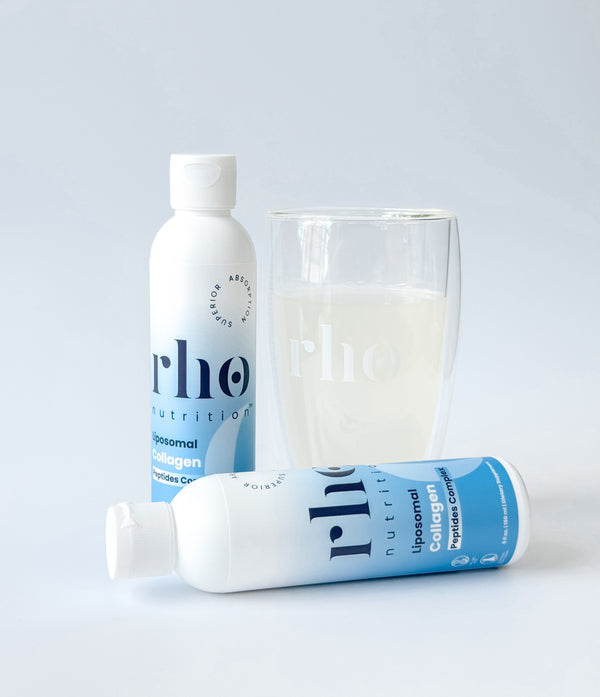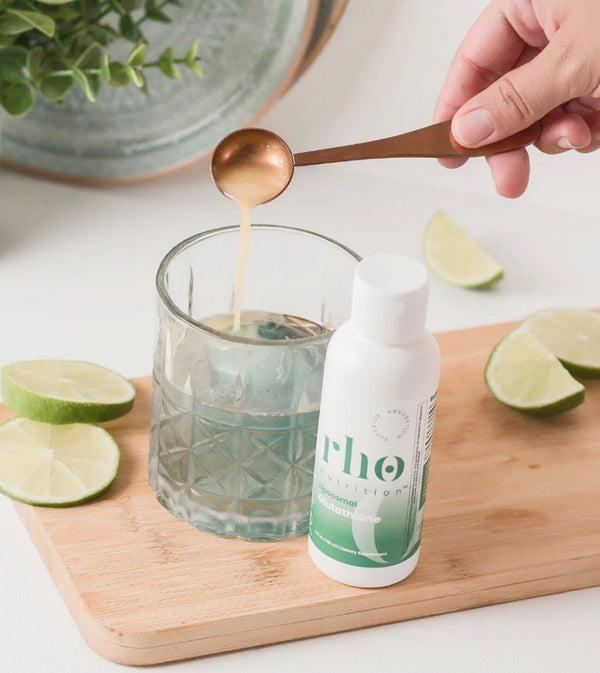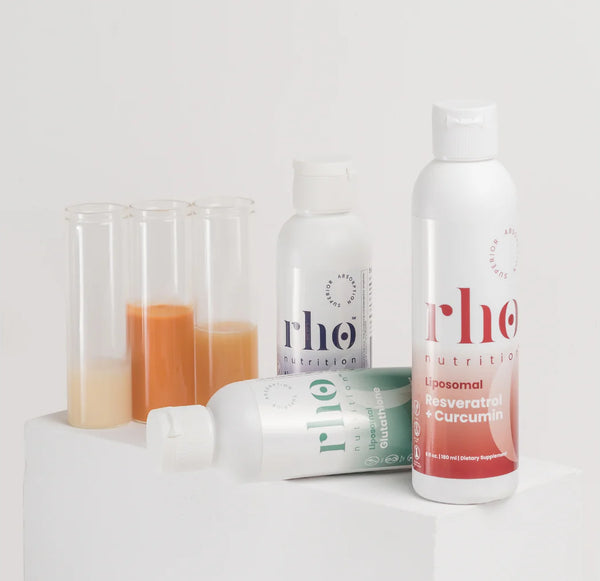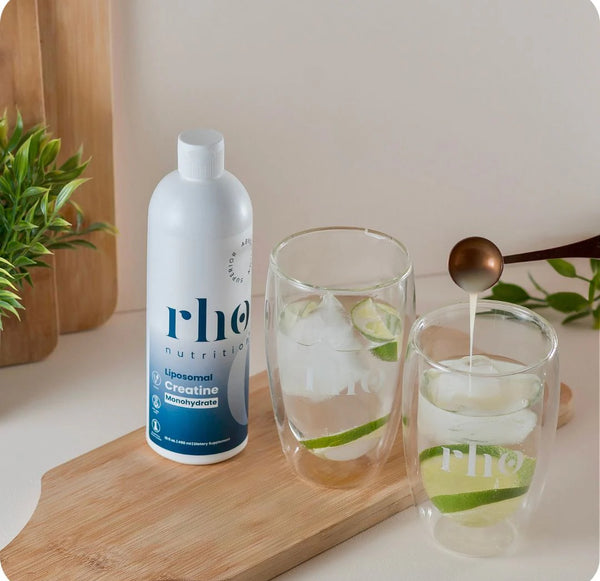8th Generation Liposomal Delivery Technology
What is a Liposome?
Liposomes are microscopic lipid bubbles that encapsulate active nutrients ensuring efficient transportation into the human body. You can think of Liposomes as “bodyguards” for nutrients.
How do Liposomes Increase Absorption?
Liposomes shield nutrients from being destroyed during digestion and easily absorb through the cell membrane, releasing the full nutrient payload where it is needed most, in the individual cells of the body.
Why are Liposomes Important?
Liposomes are designed to help support the absorption of certain nutrients. Better absorption means your body can make more efficient use of the ingredients in your supplement.*
Transmission electron microscopy (TEM) is a powerful tool that lets us see very tiny things, much smaller than what a regular microscope can show. Think of it like a super-microscope.
In TEM, we use a beam of electrons (which are much smaller than light particles) to look at an object or sample. The sample is usually a super-thin slice of something, no thicker than a human hair or even thinner!
Examining the structure of Rho's Liposomes is crucial as it reveals how the active ingredients are effectively encapsulated within these lipid spheres. Rho's Liposomal Delivery achieves over 90% encapsulation efficiency. This rate is remarkable, exceeding the efficiency of other Liposomal products on the market by tenfold.




Here is a typical analysis of a Rho liposomal product. The particle size post-digestion is determined using Dynamic Light Scattering (DLS). This data remains relatively consistent across our product range. While TEM (Transmission Electron Microscopy) images of individual liposome structures are intriguing, what truly matters is ensuring the right type of particles throughout the entire product.
The distribution of these spherical particles is of utmost importance. While isolated images can sometimes be misleading or represent only a small portion of the sample, DLS allows us to confirm that the entire sample adheres to the required "spheres" criterion. This comprehensive approach ensures the quality and consistency of our liposomal products.
Rho liposomes are rigorously validated through a combination of TEM imaging and Dynamic Light Scattering. Furthermore, they have undergone clinical studies, which have been documented in peer-reviewed journals.
In a comparison between 4g of regular Vitamin C and 4g of Liposomal Vitamin C, the liposomal variant demonstrated significantly higher Vitamin C levels in the bloodstream. This resulted in a reduction in oxidative stress, even in stressful situations. The latest iteration of Liposomal Vitamin C from Rho Nutrition boasts a small particle size, with 92% of the particles consistently controlled for size, highlighting the unwavering quality of our product.



Proven Absorption
Extensively studied across multiple clinical trials, liposomal absorption in humans involves encapsulating nutrients and substances in liposomes, then administering them to the body. Clinically proven as a superior method, data indicates heightened bioavailability and effectiveness compared to other approaches.

Particle Distribution
Particle distribution is crucial in scientific experiments, aiding in understanding a sample's size, shape, and other traits. For liposomal particles, diverse techniques like photon correlation spectroscopy, dynamic light scattering, and fluorescence microscopy are employed to measure particle distribution accurately.

Micro-encapsulation
Complete encapsulation of nutrients is a burgeoning practice in the scientific domain. This technique involves enclosing nutrients within liposomes, forging a robust vehicle for storage and delivery. This approach offers a range of advantages, including heightened absorption, amplified bioavailability, and prolonged shelf-life and it enhances the overall effectiveness.
Shop Liposomal Solutions
View all
Got Questions? We've Got You Covered
A Liposomal vitamin is a nutrient that is encapsulated in a fatty cell known as a phospholipid. This phospholipid structure that encapsulates a vitamin/ nutrient is known as a Liposome.
Advantages of liposomal encapsulation include accelerated intestinal absorption, increased stability of the nutrient, protection of the gut from potentially irritating agents, and greater bioavailability of the nutrient.
Compared to non-liposomal forms, liposomal vitamins are generally better absorbed and can raise your blood serum levels of vitamins more effectively. Recent studies have found that liposomal vitamin C was 5-10 times more bioavailable than other vitamin C supplements.
Advantages of liposomal encapsulation include accelerated intestinal absorption, increased stability of the vitamin, protection of the gut from potentially irritating agents, and greater bioavailability of the vitamin.
Are liposomal supplements safe? There are no known safety concerns associated with liposomal supplements. Liposomes have been a drug delivery vehicle for more than two decades now. In this time, there have been no known side effects from the liposomes themselves.
Liposomes are delivery vehicles for transporting vitamins and nutrients into the body effectively acting as a protective vehicle through digestion and facilitating easy absorption into the body’s cells.
(LY-poh-SOH-mul) A nutrient preparation that contains the active vitamin/nutrient inside very tiny, fat-like particles. This form is easier for the body to absorb and allows more nutrients to absorb into the cell membrane.
There are many different manufacturing practices to create liposomes. However, the most efficacious manufacturing method uses high speed blending and homogenization machines that blend nutrients with Lecithin extracts known as phospholipids and encapsulate the nutrient in uniform nanoparticle sized Liposomes.
Although liposomes became known mostly as nutrient delivery systems, they are naturally occurring structures in the body. An average person has 30 trillion cells each having a protective coating called the cell membrane and 50%-60% of every cell membrane is made up of Phospholipids.
Liposomes were discovered by Alec D Bangham in the 1965 at the Babraham Institute, University of Cambridge.
Liposomes typically derived from sunflower lecithin extract.
Phospholipids are the main component of liposomes, which are amphiphilic molecules with hydrophobic tail and hydrophilic head group. The head groups of phospholipids are hydrophilic, while their fatty acid tails are usually acyl chains and hydrophobic.
Endocytosis is the most common pathway for the uptake of small particles including liposomes by cells.
